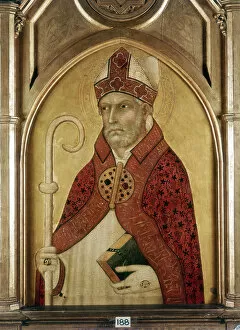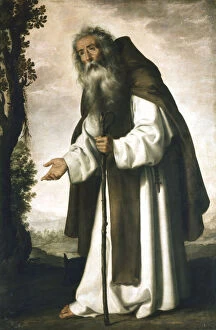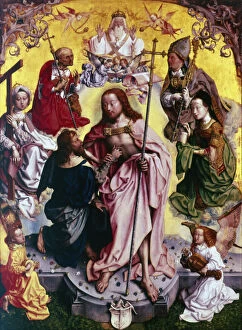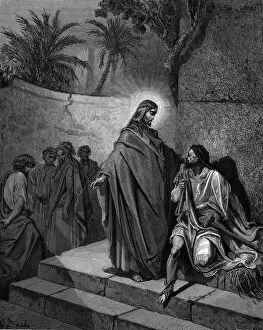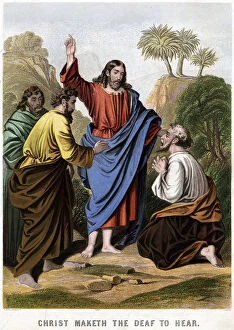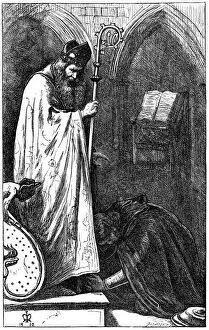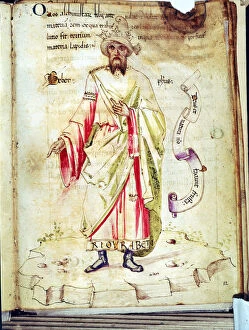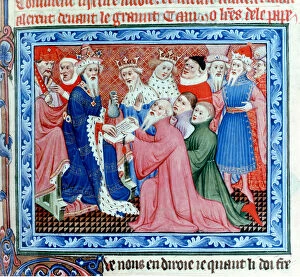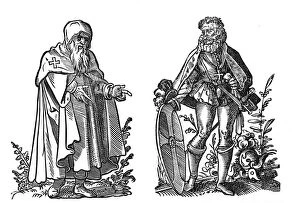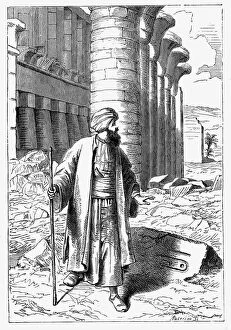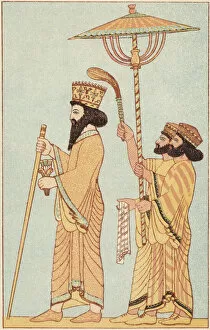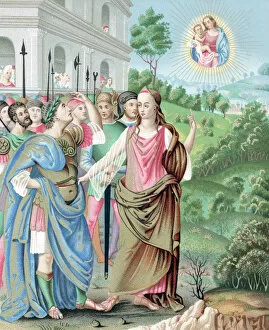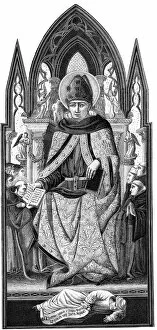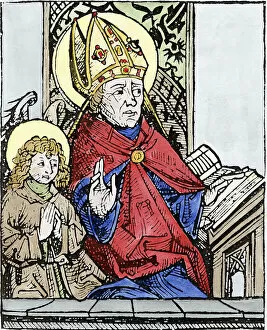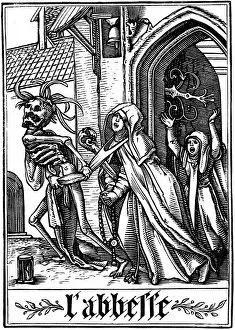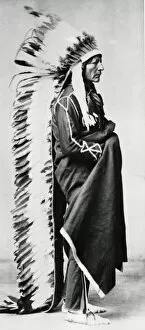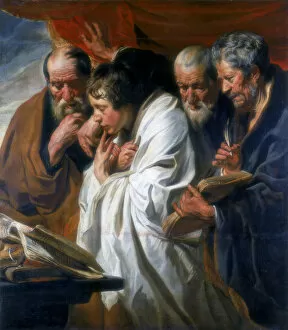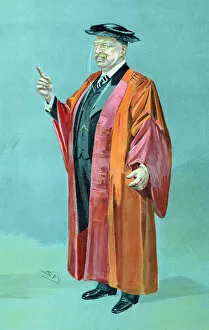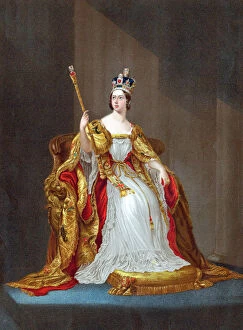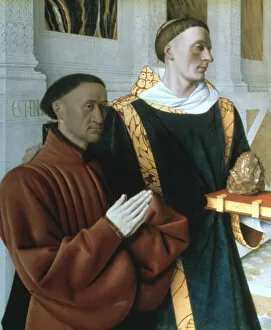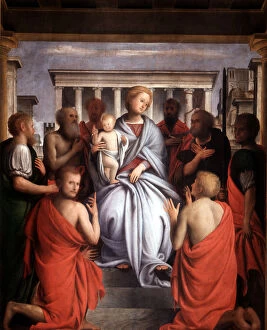Robe Collection (page 100)
"Robe: A Symbol of Healing, Sharing, and Justice Across Cultures" The robe has long been a powerful symbol in various cultures, representing different aspects of life
For sale as Licensed Images
Choose your image, Select your licence and Download the media
"Robe: A Symbol of Healing, Sharing, and Justice Across Cultures" The robe has long been a powerful symbol in various cultures, representing different aspects of life. In Jesus Healing The Sick, the humble robe embodies compassion and divine healing as it touches those in need. In St. Martin sharing his coat, the painting depicts an act of selflessness and generosity. The robe becomes a metaphor for warmth and protection offered to the less fortunate. At St. Gatien Cathedral in Tours, Indre-et-Loire, the majestic robes worn by clergy evoke reverence and spirituality. They remind us of the sacredness within these walls. Virgen del Carmen tilework in Malaga showcases intricate patterns adorning her flowing robes. These vibrant designs celebrate faith and cultural heritage while honoring this revered figure. Above the Old Bailey Law Courts in London stands The Scales of Justice draped with a judge's robe. This emblematic image represents fairness and impartiality within our legal system. Tsai Shen Yeh - The Chinese God of wealth is often depicted wearing luxurious robes adorned with symbols of prosperity. His attire signifies abundance and good fortune bestowed upon believers. The Song of the Mad Prince by Harry Clarke features ethereal figures clad in elaborate robes that transport us into a realm where imagination reigns supreme. Et in Arcadia ego by Nicolas Poussin portrays shepherds donning rustic robes against idyllic landscapes—a reminder that even amidst paradise lies mortality's presence. In Arthur Szyk's drawing depicting Hans Christian Andersen's fairy tale "The Emperor of China with the nightingale, " ornate imperial robes emphasize power but also vulnerability to beauty's allure. A woman raising her skirts to scare off evil spirits demonstrates how garments can serve as protective shields against malevolent forces lurking around us—an age-old belief shared across cultures. Dante Alighieri wears a distinguished robe as he embarks on his journey through Hell, Purgatory, and Paradise in Domenico di Michelino's painting.

